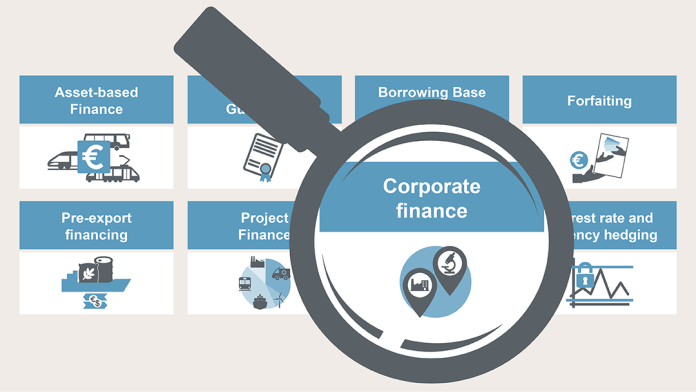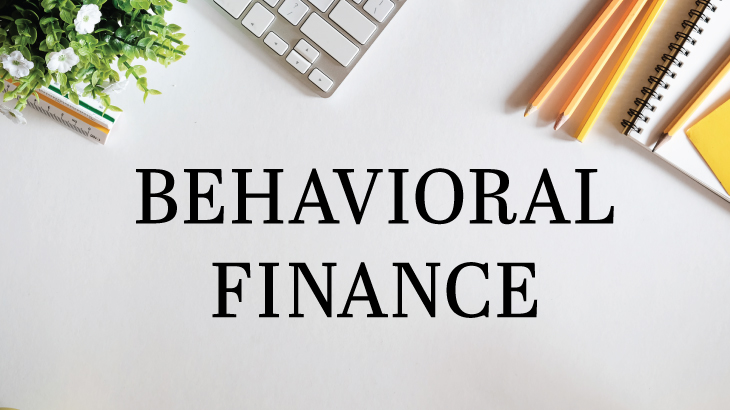Introduction: Corporate finance lies at the heart of every business, influencing how companies raise funds, invest resources, and manage financial risks. One of the pivotal aspects of corporate finance is capital structure, which pertains to the mix of equity and debt a company employs to finance its operations and growth. This article delves into the intricacies of corporate finance, focusing on capital structure, financial decision-making, and the factors that shape a company’s financial structure.
Section 1: The Essence of Corporate Finance 1.1 Defining Corporate Finance
- Explanation of corporate finance and its role in managing financial resources.
- The alignment between financial decisions and business objectives.
1.2 The Goals of Corporate Finance
- Discussing the objectives of maximizing shareholder value and achieving financial sustainability.
- Balancing short-term profitability with long-term growth.
Section 2: Understanding Capital Structure 2.1 What is Capital Structure?
- Definition of capital structure as the mix of debt and equity financing.
- The implications of capital structure decisions on a company’s financial health.
2.2 Equity Financing
- Exploring equity issuance, including common and preferred stock.
- The advantages and drawbacks of equity financing for companies and investors.
2.3 Debt Financing
- Introduction to debt instruments like bonds and loans.
- The benefits of debt financing, including tax advantages and fixed interest payments.
Section 3: The Weighted Average Cost of Capital (WACC) 3.1 Calculating WACC
- Understanding the WACC formula and its significance in capital budgeting.
- The role of WACC in evaluating the cost of capital for different projects.
3.2 Importance of WACC
- How WACC influences investment decisions and project evaluations.
- Balancing the trade-offs between risk and return in capital allocation.
Section 4: Financial Decision-Making 4.1 Capital Budgeting
- Exploring the process of evaluating and selecting investment projects.
- Methods for assessing project profitability, including net present value (NPV) and internal rate of return (IRR).
4.2 Dividend Policy
- Discussion of dividend distribution decisions and their impact on shareholders.
- Different dividend policies and the factors that influence them.
Section 5: Factors Influencing Capital Structure 5.1 Business Risk and Financial Risk
- Explanation of business risk and financial risk and their relationship to capital structure.
- How risk profiles impact a company’s choice between equity and debt.
5.2 Tax Considerations
- How corporate taxes influence the attractiveness of debt financing.
- The concept of the interest tax shield.
Section 6: Dynamic Financial Management 6.1 Changing Capital Structure Over Time
- Exploring how capital structure evolves as a company grows and matures.
- The implications of changing economic conditions on capital structure decisions.
6.2 Debt Capacity and Flexibility
- The importance of maintaining a sustainable debt level and preserving financial flexibility.
- Avoiding excessive leverage and its potential pitfalls.
Conclusion: Corporate finance and capital structure decisions form the financial backbone of companies, shaping their growth trajectories and risk profiles. By understanding the dynamics of capital structure, financial decision-making, and the intricate interplay between equity and debt financing, businesses can make informed choices that optimize their financial resources and drive long-term success. With a solid grasp of corporate finance principles, companies can navigate the complexities of funding, investing, and risk management, positioning themselves for sustainable growth and value creation.



